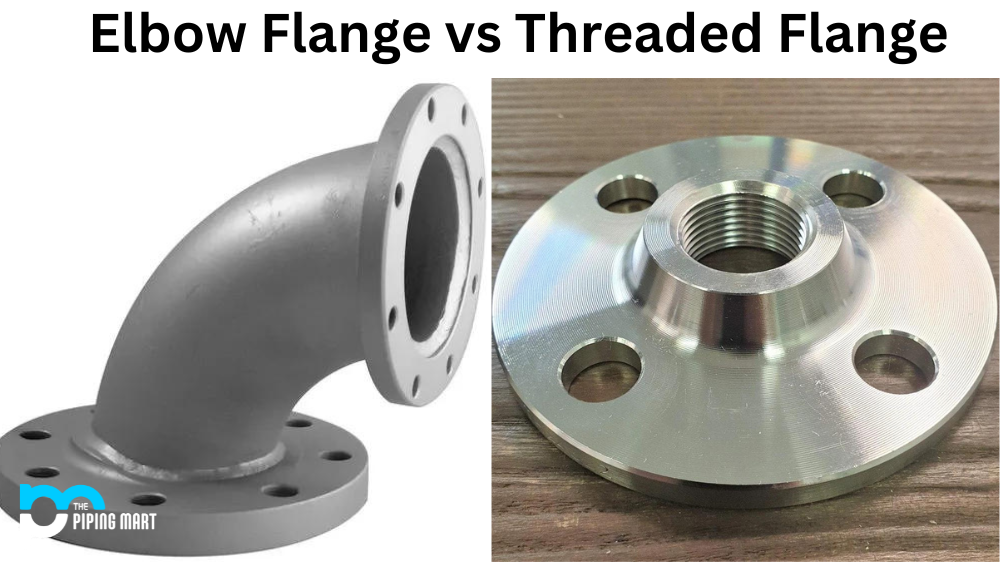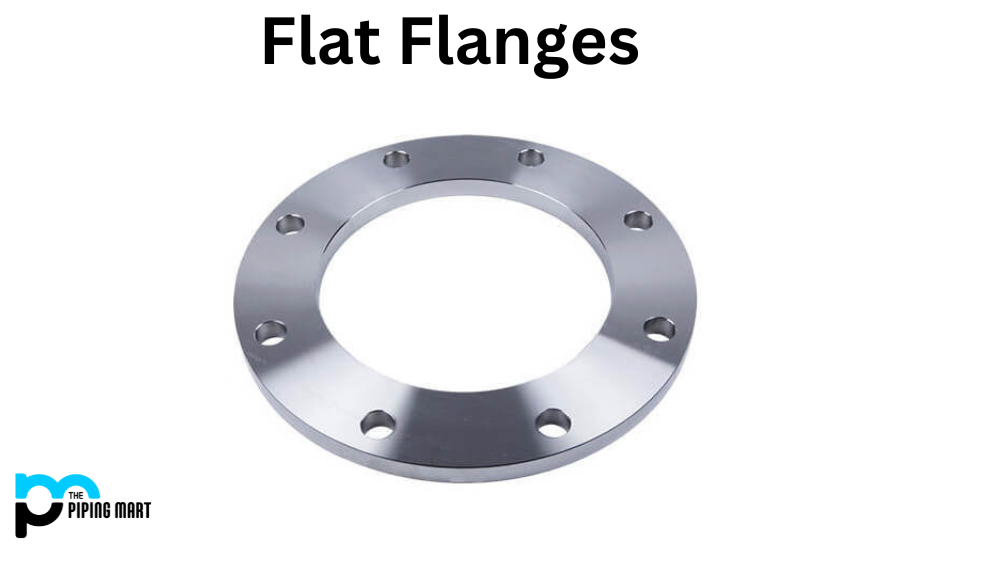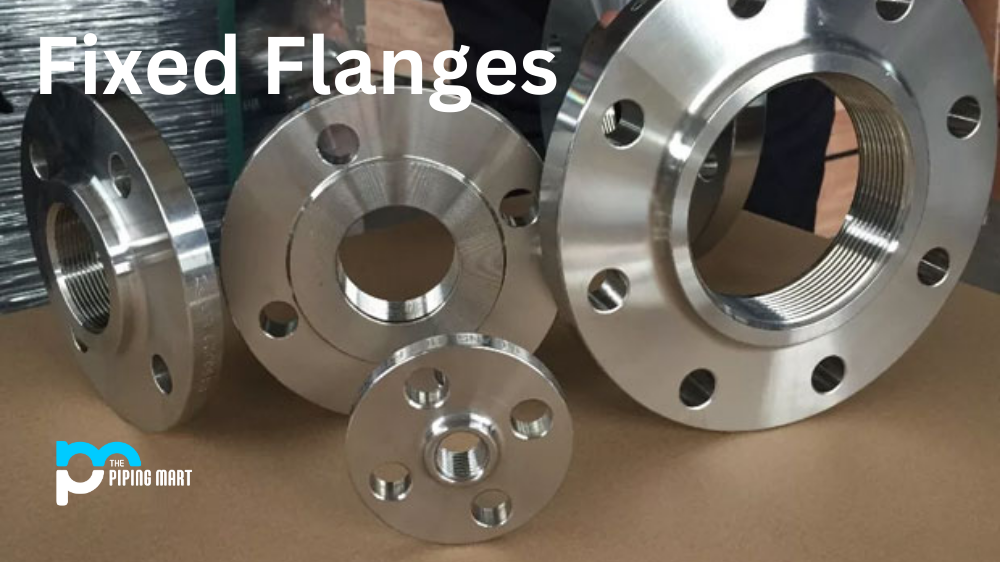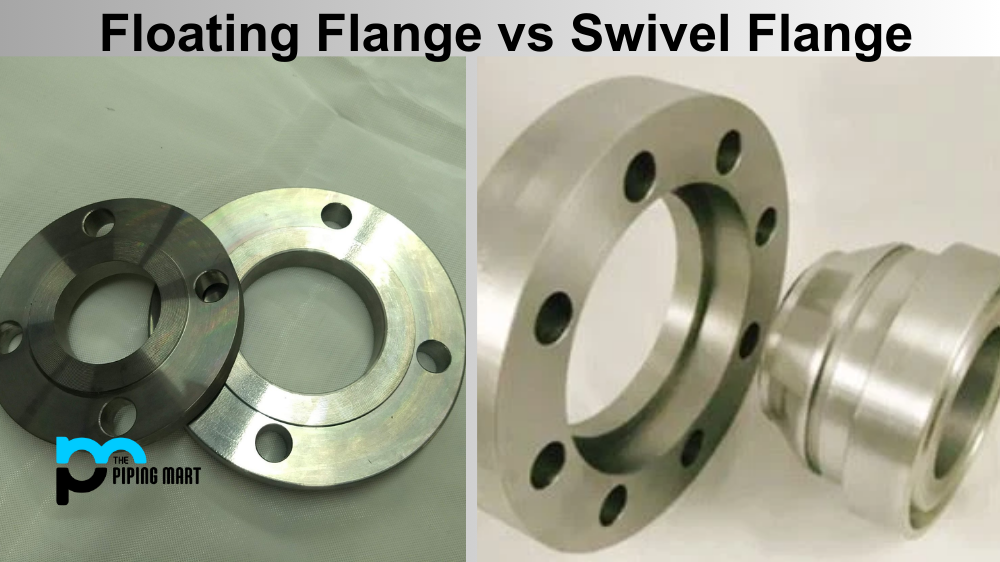Understanding the differences between elbow flange and threaded flange can be a challenge. While there are similarities between them, they have distinct uses and advantages. Knowing the difference between the two will help you make an informed decision when selecting the correct flange for your project. Let’s take a deeper look into an elbow and threaded flanges.
Elbow Flange
An elbow flange joins two pipes at angles other than 90 degrees or 180 degrees. Commonly referred to as a “welding neck” or “welded” flange, it features a neck extending from the hub to facilitate pipe welding to the flange body. Its primary benefit lies in its capacity to withstand elevated pressures, ensuring dependable performance across diverse applications.
Threaded Flanges
Threaded flanges are used to join two pieces of pipe together by threading one end into another. They are valued for their simplicity and cost-effectiveness, as they can be installed without welding and without the need for extra fittings. These connections are commonly used in low-pressure settings where temperature changes are not significant, offering a straightforward solution for pipe joining needs.
Difference Between Elbow and Threaded Flanges
Advantages of Elbow Flanges
- Elbow flanges offer a strong connection by being welded securely onto the pipe, ensuring durability.
- Elbow flanges ensure fluid or gas flows smoothly through the piping system by avoiding turbulence caused by threads.
- Elbow flanges are designed to minimize the risk of leaks, offering reliable performance in piping systems.
Advantages of Threaded Flanges
- Threaded flanges are easier to install than elbow flanges, as they do not require welding.
- Threaded flanges can be disassembled and reused if necessary.
- Threaded flanges have a lower profile than elbowflangesso.
Disadvantages of Elbow Flanges
There are a few disadvantages associated with elbow flanges, such as:
- They can be more challenging to install than threaded flanges since welding is required.
- They may provide a weaker connection than threaded flanges since welding can weaken the metal.
- They can be more expensive than threaded flanges since welding is required.
Conclusion:
At first glance, it may seem like elbow, and threaded flanges do the same job; however, each type has its own unique features that make them suitable for different applications depending on your specific needs. Elbow flanges provide greater strength, while threaded connections offer easy installation with no extra fittings needed. Understanding these differences will help you make an informed decision when selecting the right flange type for your project.
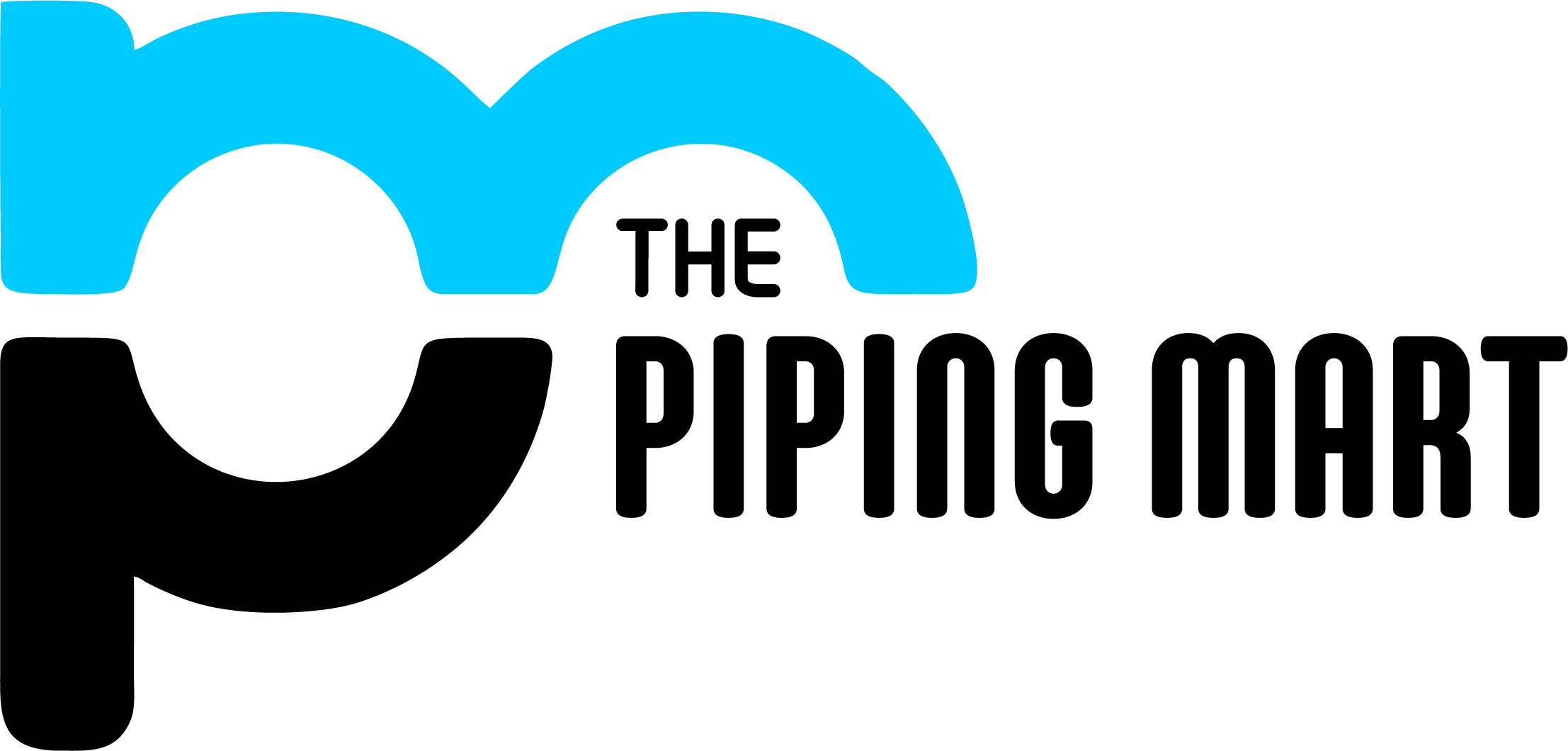
Pipingmart is a B2B portal that specializes in metal, industrial and piping items. Additionally, we share the latest information and information about materials, products and various types of grades to assist businesses that are involved in this business.

